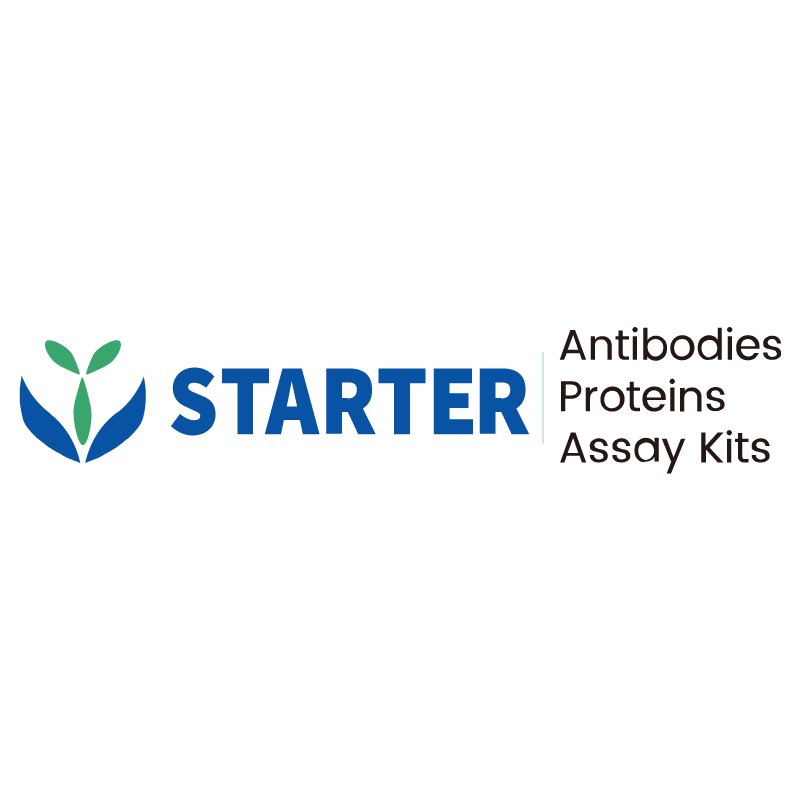2 μg(R: reducing conditions)
Product Details
Product Details
Product Specification
| Species | Mouse |
| Synonyms | Acrogranin, Epithelin/granulin precursor, Glycoprotein of 88 Kda (GP88; Glycoprotein 88), PC cell-derived growth factor (PCDGF), Proepithelin (PEPI) |
| Accession | P28798 |
| Amino Acid Sequence | Protein sequence (P28798, Thr362-Leu589, with C-10*His) TPCDDFTRCPTNNTCCKLNSGDWGCCPIPEAVCCSDNQHCCPQGFTCLAQGYCQKGDTMVAGLEKIPARQTTPLQIGDIGCDQHTSCPVGQTCCPSLKGSWACCQLPHAVCCEDRQHCCPAGYTCNVKARTCEKDVDFIQPPVLLTLGPKVGNVECGEGHFCHDNQTCCKDSAGVWACCPYLKGVCCRDGRHCCPGGFHCSARGTKCLRKKIPRWDMFLRDPVPRPLLGGGGSHHHHHHHHHH |
| Expression System | HEK293 |
| Molecular Weight | Predicted MW: 26.5 kDaObserved MW: 30-40 kDa |
| Purity | >95% by SDS-PAGE |
| Endotoxin | <1EU/μg |
| Tag | with C-10*His |
| Physical Appearance | Lyophilized Powder |
| Storage Buffer | Lyophilized from a 0.2 μm filtered solution of 0.2M PBS, pH7.4. |
| Reconstitution | Reconstitute no more than 1 mg/mL according to the size in deionized water after rapid centrifugation. |
| Stability & Storage | 12 months from date of receipt, -20 to -70 °C as supplied. 6 months, -20 to -70 °C under sterile conditions after reconstitution. 1 week, 2 to 8 °C under sterile conditions after reconstitution. Please avoid repeated freeze-thaw cycles. |
Background
Progranulin is the precursor protein for granulin. Cleavage of progranulin produces a variety of active 6 kDa granulin peptides. These smaller cleavage products are named granulin A, granulin B, granulin C, etc. Cleavage of progranulin into granulin occurs either in the extracellular matrix or the lysosome. Elastase, proteinase 3 and matrix metalloproteinase are proteases capable of cleaving progranulin into individual granulin peptides. While progranulin is associated with anti-inflammation, cleaved granulin peptides have been implicated in pro-inflammatory behavior. Progranulin is hypothesized to be a neurotrophic factor involved in corticogenisis. Progranulin levels are elevated when tissue is inflamed. After wounding, keratinocytes, macrophages and neutrophils increase production of progranulin. Progranulin may also be involved in cancer development, atherosclerosis and other metabolic disease, Alzheimer's disease, amyotrophic lateral sclerosis (ALS) and limbic predominant age-related TDP-43 encephalopathy (LATE).
Picture
Picture
SDS-PAGE


